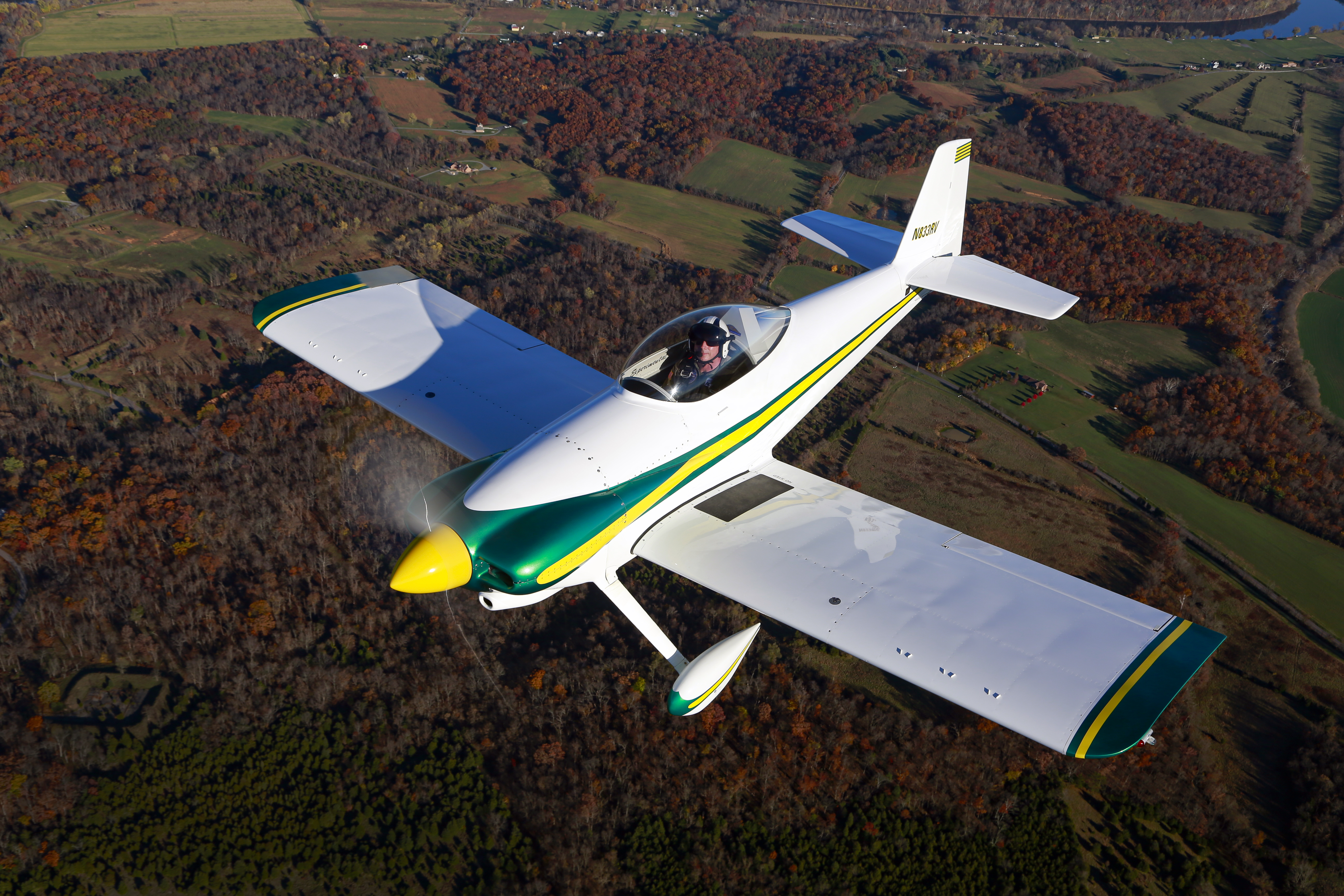Mexico urged to reverse prohibition on experimental aircraft
AOPA and the Experimental Aircraft Association have asked the civil aviation authorities in Mexico to reverse a recent policy change that prevents operation of U.S.-registered amateur-built aircraft in Mexico.

AOPA and the Experimental Aircraft Association have asked the civil aviation authorities in Mexico to allow operation of U.S.-registered amateur-built aircraft, such as the Van's Aircraft RV–3 pictured here, in Mexico. Photo by Chris Rose.
In a February 15 letter to the Directorate General of Civil Aeronautics (DGAC), AOPA and EAA noted that “operation of such aircraft has been common practice for several decades, but a recent change in policy by the DGAC has led to a halt in operations. Many of our members are concerned about this change and we seek an expedient solution to this problem.”
“Both The Bahamas and Canada use ‘blanket’ authorizations that allow any FAA-registered Amateur-Built aircraft that follows certain conditions to enter those countries without additional authorizations. The operator simply prints out the authorization and carries it aboard his or her aircraft, in accordance with the above operating limitation,” the letter said, urging Mexico to adopt a similar approach.
The letter also noted that under FAA regulations, the 21,000 experimental amateur-built aircraft operating in the United States “are only allowed to be flown for non-commercial purposes.”
AOPA and EAA included a prior authorization issued by the DGAC to an amateur-built aircraft from the United States in the letter as an example of past practice—also noting that “the Directorate may consider a simpler means of granting the required permission.”



